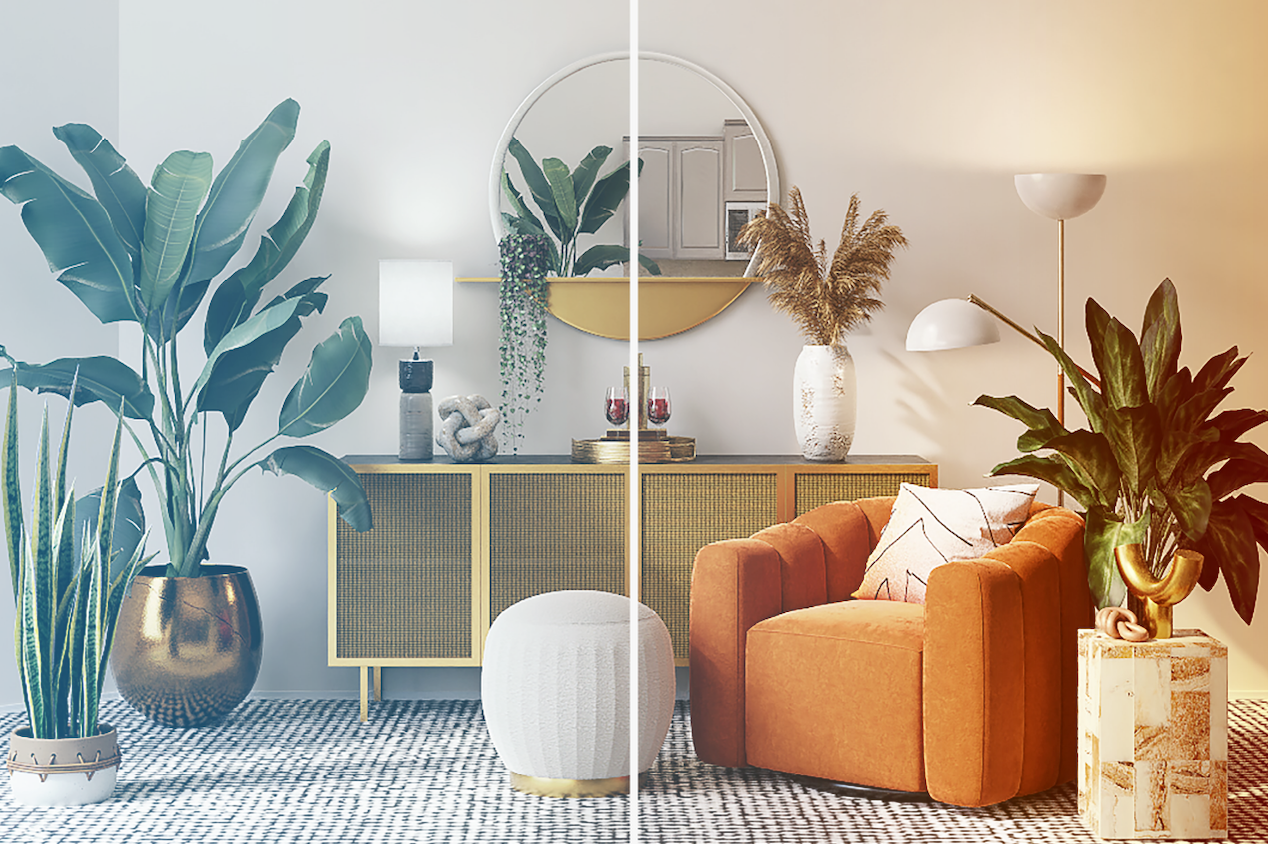
Have you ever thrown a log on the fire and basked in its warm glow? Or entered a store with fluorescent lighting and been taken aback by how bright it was? This contrast is an example of warm versus cool light. Warm white light will emit more of a reddish hue, while cool white light gives off a blue tint.
People rely on their home’s lighting to make up for the lack of natural daylight, particularly during the winter months, so it’s important to understand the difference between warm and cool light sources so you can achieve the ambiance you desire.
We’ll cover different kinds of lighting, where they tend to work best, and how they affect your mood and health. We’ll also address how to determine the best lighting for your needs based on brightness, energy use, and other factors, whether you’re replacing a bulb or taking on the cost of installing a light fixture as part of a home renovation.
Table of Contents
- Warm Light vs. Cool Light: What’s the Difference?
- Where to Use Warm Lighting in Your Home
- Where to Use Cool Lighting in Your Home
- Types of Lights Bulbs
- How to Buy the Right Color Temperature Lighting
- Lights for Light Therapy and Seasonal Affective Disorder (SAD)
Warm Light vs. Cool Light: What’s the Difference?
Light temperatures and tints follow a spectrum from the coolest temperature to the warmest. Temperatures are measured on the Kelvin scale (more on this below), with color temperatures ranging from 1,000 to 10,000 kelvins.
Most residential and commercial lighting falls roughly between 2,000K and 6,500K. Neutral white light sits near the midpoint of this range, with a Kelvin temperature of about 3,500.
Warm light, often found in restaurants and homes, creates a cozy atmosphere. Cool light, on the other hand, leaves an impression of cleanliness. You might find it in places like hospitals and classrooms.
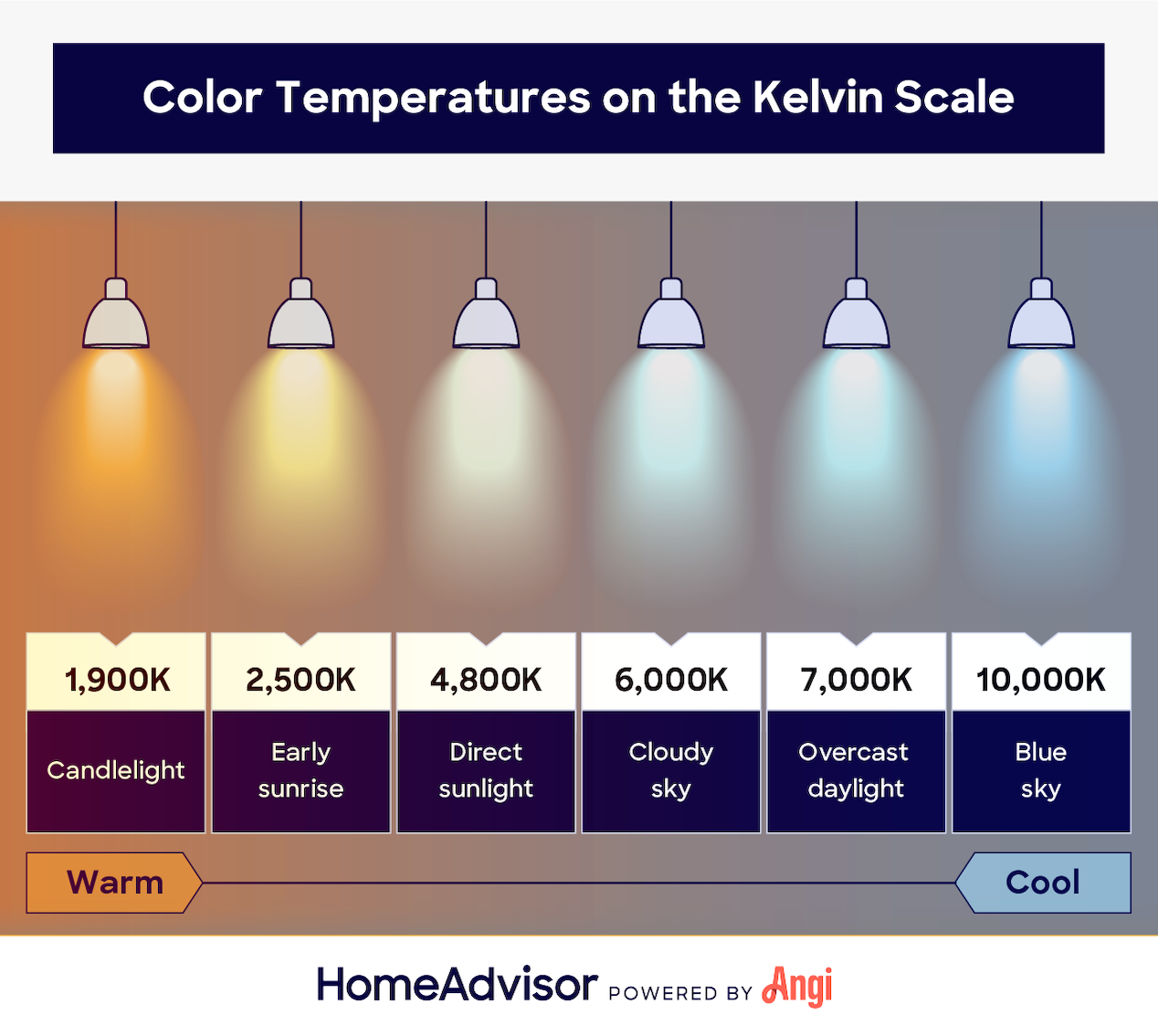
What Is a Kelvin?
Kelvins are units on an absolute temperature scale named for British physicist William Thomson, also known as Lord Kelvin. The Kelvin scale is the international standard for scientific temperature measurement. It’s based on an absolute zero, meaning there are no negatives in the Kelvin scale.
Kelvins are different from watts, which measure the amount of electrical power needed for a bulb to produce a certain amount of light.
Warm Light vs. Daylight on the Kelvin Scale
Warm light is actually much dimmer than daylight, about 2,700 on the Kelvin scale compared to 5,000 or more for daylight. Daylight is great for reading and is often mimicked in places like medical examination rooms, where clear vision and attention to detail are important.
Cool Light vs. Daylight on the Kelvin Scale
Cool white light is just one step down from daylight on the Kelvin scale, at about 4,000K compared to 5,000 or more for daylight. Natural daylight comes from radiation emitted by the sun, while artificial light such as cool light relies on halogen gas or a filament powered by electricity to create light.
Blue Light on the Kelvin Scale
Light is visibly blue at 6,500K or higher. It’s the kind of bright light given off by the sun, as well as by electronic devices. Typically monitors are set at 6,500K, though you can often adjust both their color temperature and brightness.
Considering that sunlight gives off a form of blue light, it’s not surprising that this kind of light is best suited for daytime because it’s better at keeping you alert and energized. It can be counterproductive because, according to Harvard Medical School, it suppresses levels of melatonin in your brain: a hormone that helps prepare you for sleep. One Harvard study showed that blue light suppressed melatonin for twice as long as green light (which has slightly longer, but still comparable wavelengths) and altered circadian rhythms by three hours.
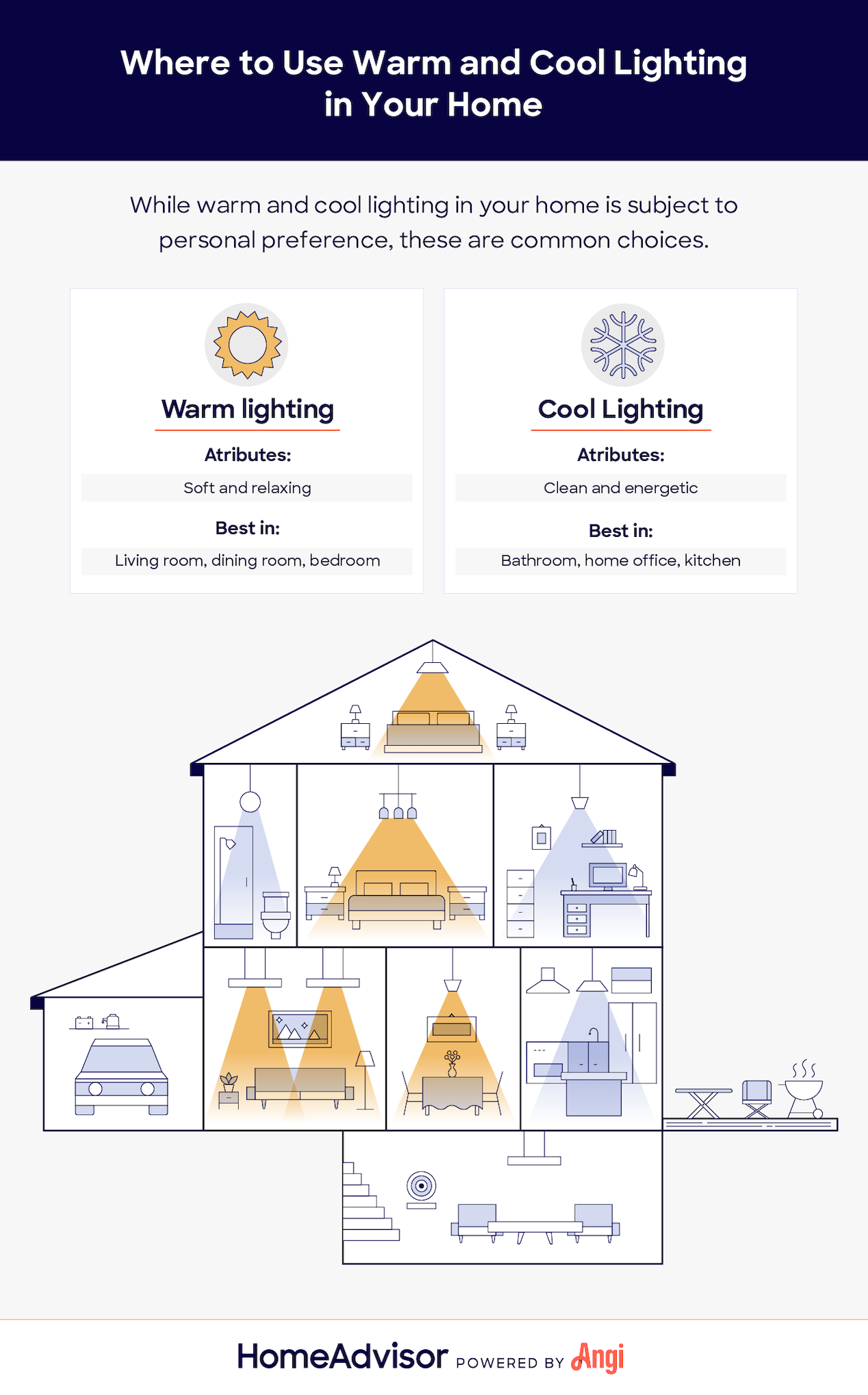
Where to Use Warm Lighting in Your Home
Warm light is soft and comforting, so it is best in rooms where you feel inviting and relaxing.
- Living rooms: Warm lights work well in living spaces that you use for family gatherings and leisure activities.
- Bedrooms: Warm lighting can help you wind down as you prepare to go to sleep.
- Dining room: If you’re not dining by candlelight, warm lights can provide a level of warmth and comfort that puts families and guests at ease around the dinner table.
Warm lighting can also be used outdoors in situations where you want a welcoming glow rather than lights that are strictly for illumination. You wouldn’t use warm lighting for a floodlight, but you might consider it for a patio, in your backyard, or in lights to line the walkway leading to your front door. Outdoor lighting can be easily factored into landscaping costs and can make a difference in the overall ambiance of your home.
Where to Use Cool Lighting in Your Home
Cool lighting is bright and tends to make a room feel clean and energized. It works well in the following spaces.
- Bathrooms: Whether you’re shaving, putting on makeup, coloring your hair, or brushing your teeth, bright, cool light will illuminate the space.
- Home office: Cool lighting increases productivity and helps keep you alert by reducing your brain’s melatonin levels, so it’s worth considering for a home office.
- Kitchens: Cool lighting is useful to brighten the kitchen and keep you focused on chopping and cooking carrots or peeling potatoes, and it can help you read recipes without straining your eyes.
- Garages: Cool lighting is a popular choice for workbenches and storage areas to light up the otherwise dark spaces.
Cool lighting is often used outdoors to illuminate areas that you may want to keep lit at night. It’s perfect for floodlights around a pool, for example, to keep people from falling in. It also works well in motion-sensor lights to help keep your home safe.
Types of Light Bulbs
Different types of bulbs come in various colors like “warm white” or “cool white.” In addition to color temperature, you’ll also want to consider energy use and how long you can expect them to last.
The type of fixture you have may or may not help dictate which kind of light you choose. For instance, kitchen ceiling fixtures may be built for fluorescent lighting. Costs of recessed lighting vary, but offer a versatile option and can accommodate soft white, bright white, daylight-level, or cool white lighting.
Here are a few kinds of light bulbs you can choose from:
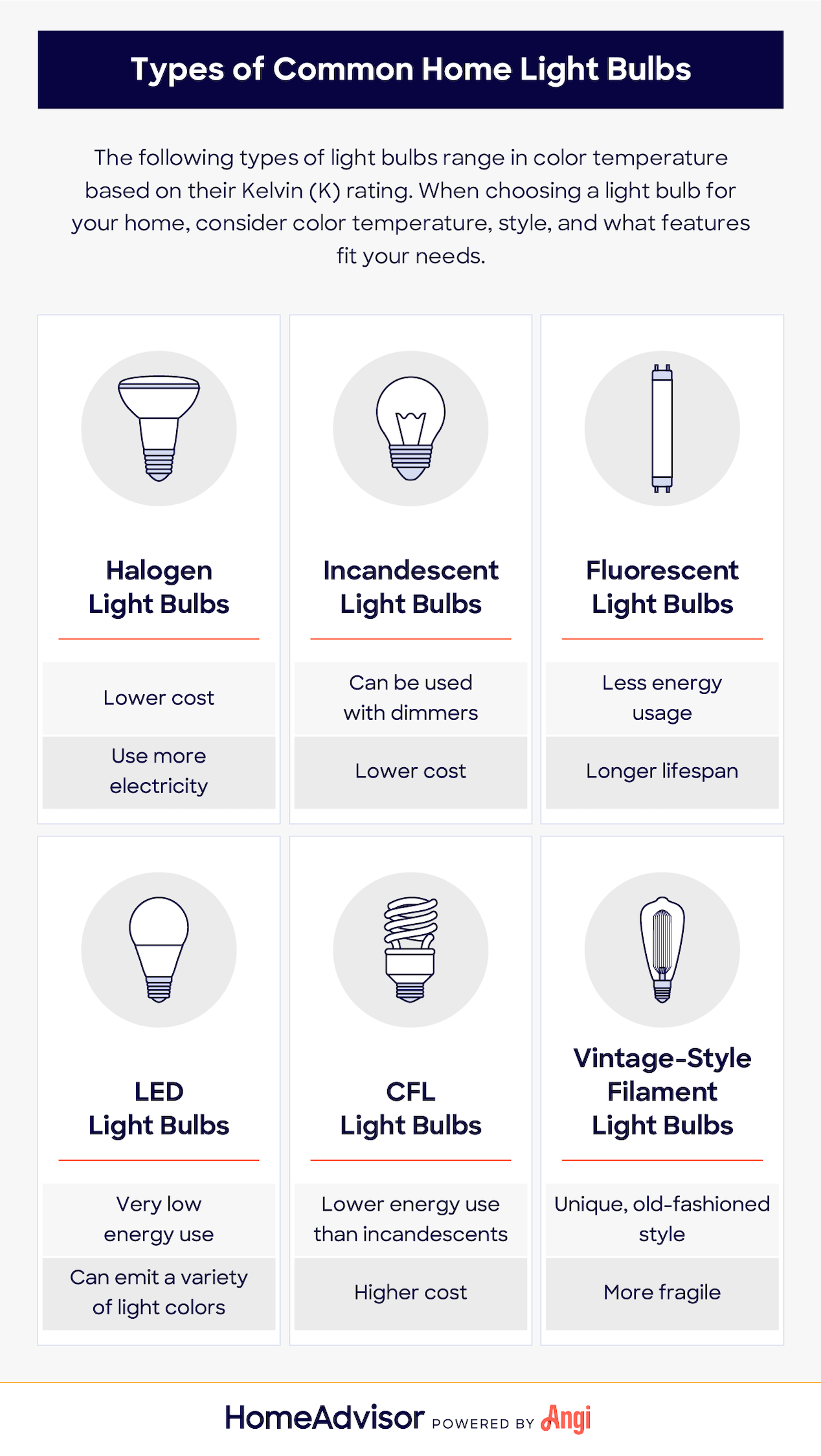
- Halogen light bulbs: Halogen bulbs give off a soft or bright white light and vary from 5 to 500 watts. They typically last just nine to 12 months and use a moderate amount of energy. They’re often used in outdoor floodlights and don’t need any time to warm up.
- Incandescent light bulbs: Incandescent bulbs emit soft white light. Like halogen bulbs, incandescent bulbs don’t last long—typically a year or two—and carry a wattage range from 5 to 500. They use more energy than most bulbs, though. These are “old-style” light bulbs often used in home lamps.
- Fluorescent light bulbs: Tube-shaped fluorescent bulbs last longer than either halogen or incandescent bulbs: between two and seven years. They use less energy and emit soft white, bright white, or daylight-temperature light, using 4 to 400 watts. They’re often used as task lighting in places like garage utility benches, kitchens, and laundry rooms.
- LED light bulbs: LED bulbs are long-lasting, low-energy bulbs that produce soft white, bright white, and daylight-level light using just 2.5 to 16 watts of electricity. They can last nine years to as long as 22 years. They’re environmentally friendly and available as an alternative to incandescent bulbs of several types, including bulbs for light fixtures and even Christmas lights.
- CFL light bulbs: These corkscrew-shaped bulbs don’t use much energy (3 to 120 watts) and are relatively long-lasting at seven to nine years. They contain mercury and take a little time to warm up. Like LED lights, they produce soft white, bright-white, and daylight-level lighting.
- Vintage-style filament light bulbs: A source of warm white light that’s growing in popularity is the LED Edison bulb; with its amber-orange hue and visible filament, it offers a vintage aesthetic.
How to Buy the Right Color Temperature Lighting
The Federal Trade Commission requires that the front of a package list the light’s brightness in lumens and estimated energy cost per year, based on three hours of use per day.
The back of the package must contain this information, plus the bulb’s life expectancy (again, based on three hours of use per day), how warm or cool it is on the Kelvin scale—its correlated color temperature, or CCT—and the amount of energy it uses in watts.
Using this information, you can help determine which bulb is best for you.

Lights for Light Therapy and Seasonal Affective Disorder (SAD)
Seasonal Affective Disorder, or SAD, is a phenomenon that affects some people’s moods during the winter months, making them feel sad or down as days get shorter and sunlight wanes. Sometimes known as the “winter blues,” SAD can also be characterized by sleep issues, difficulty concentrating, and oversleeping, according to the National Institute of Mental Health.
SAD can be treated using lightbox therapy, which simulates outdoor light to elevate the mood using bulbs with a color temperature between 5,000K and 6,000K. During this process, a person sits or works near a lightbox, which enters the eyes indirectly for about 20 or 30 minutes each day. Most people find it best to do this in the morning.
This type of therapy should be done following consultation with a doctor, who can help you set up a program that works for you.
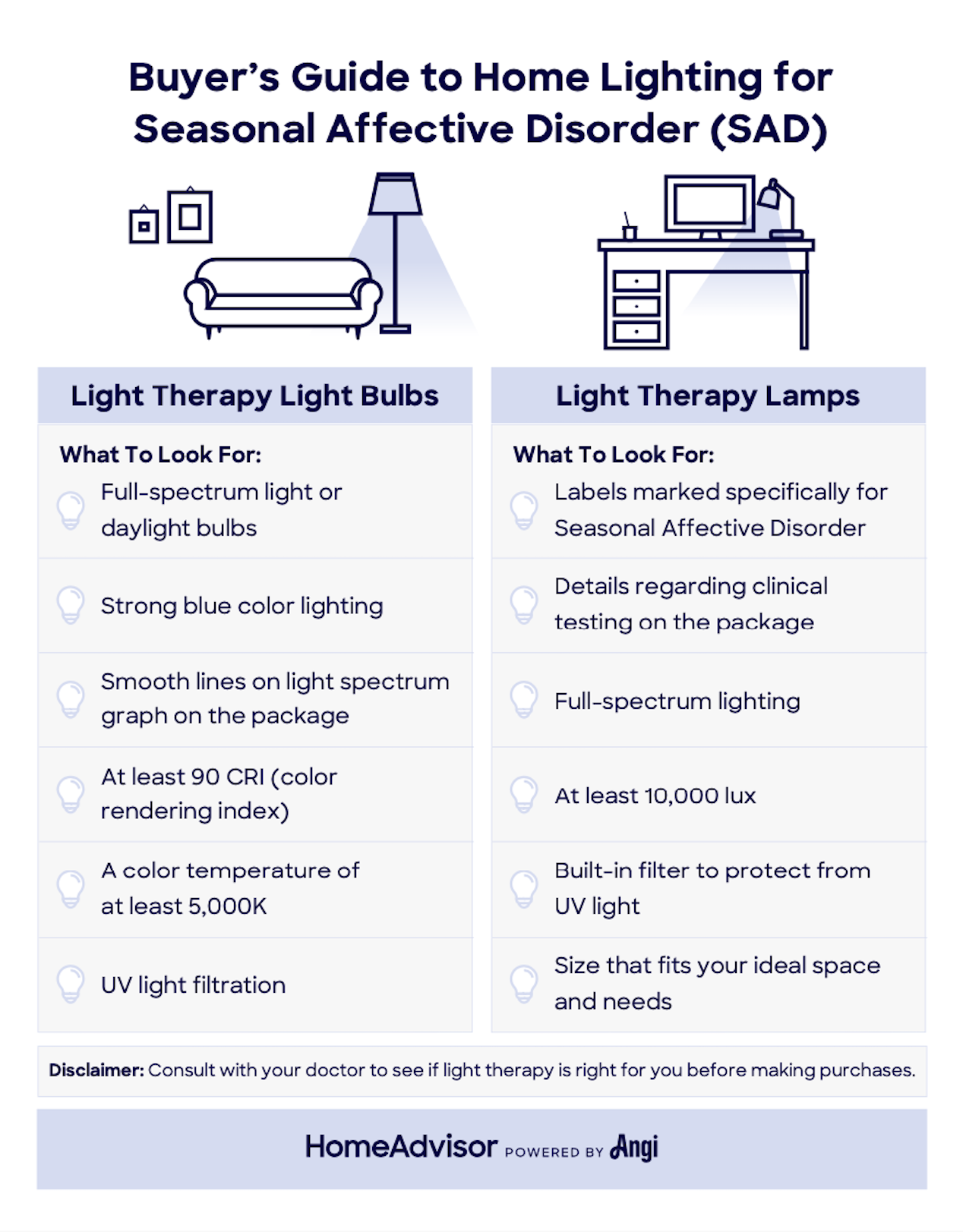
Lighting can drastically change the look and feel of a room. Don’t be afraid to experiment with different color temperatures, types of bulbs, and light fixtures to determine what makes your space feel the best.
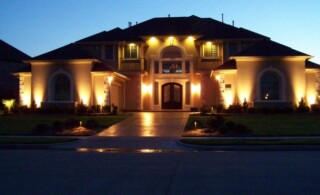 Preparing for Lighting Installation
Preparing for Lighting Installation 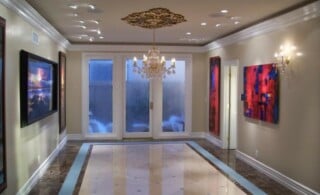 Glass Chandeliers and Chandelier Lighting
Glass Chandeliers and Chandelier Lighting 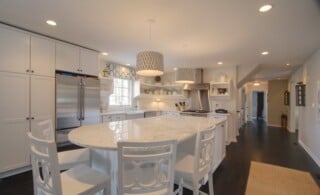 Matching Functionality and Effect with Contemporary Lighting Design
Matching Functionality and Effect with Contemporary Lighting Design 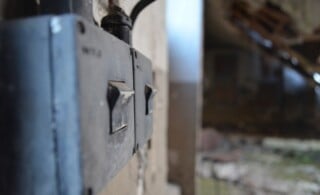 How to Wire a Light Switch
How to Wire a Light Switch 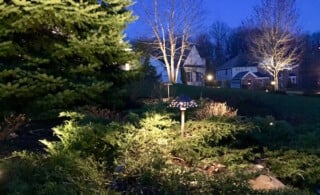 The Decorative Eyes of an Outdoor Lighting Contractor
The Decorative Eyes of an Outdoor Lighting Contractor 

Are You Familiar With This Topic? Share Your Experience.